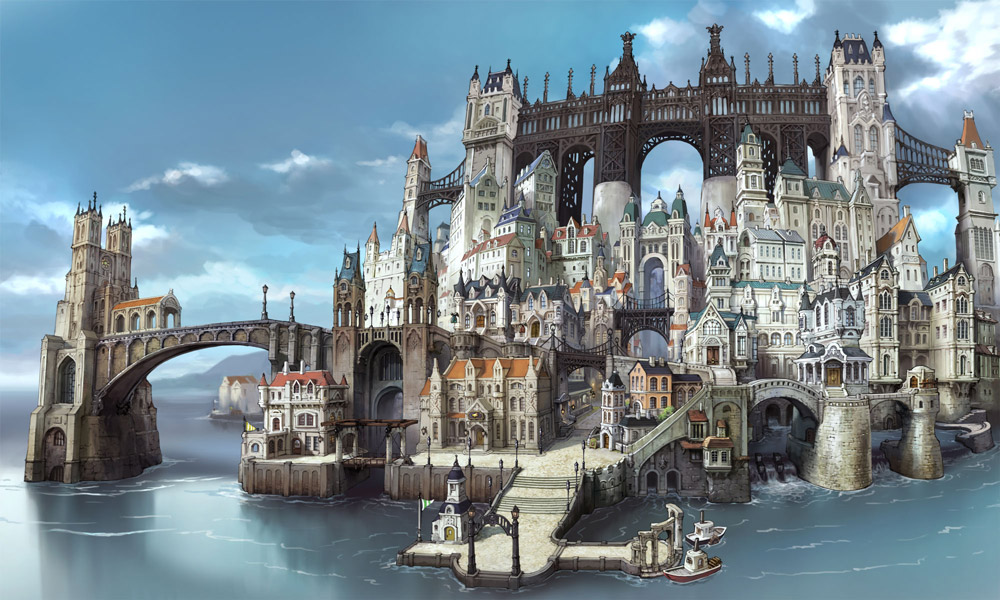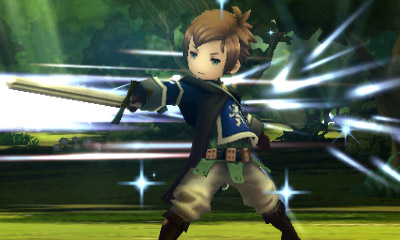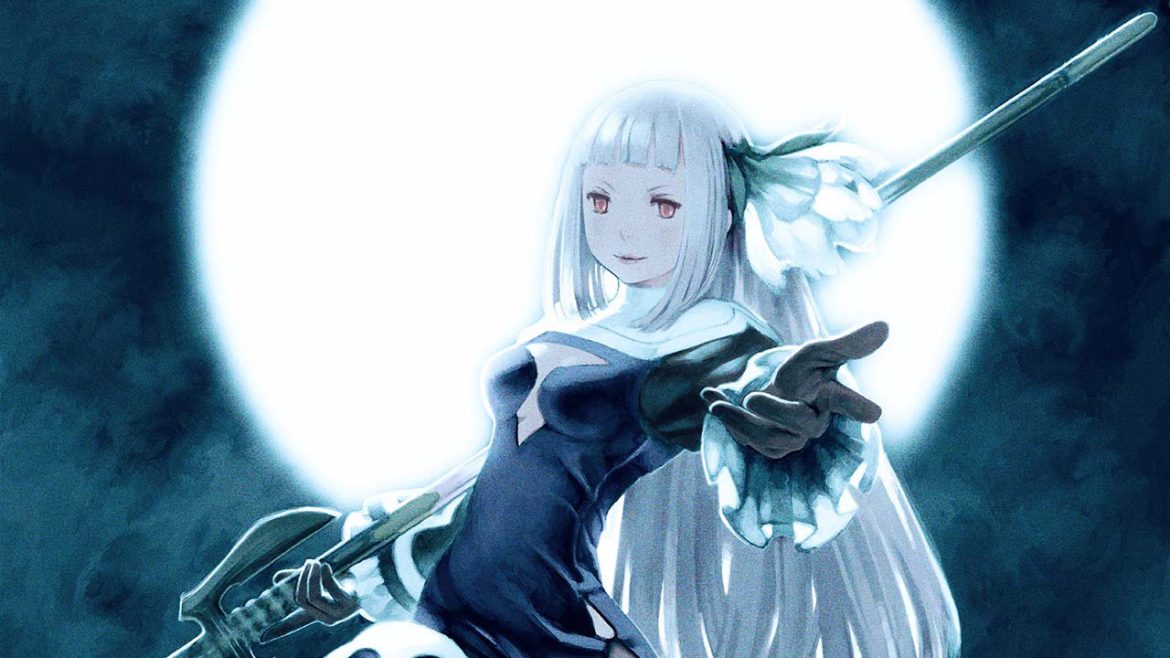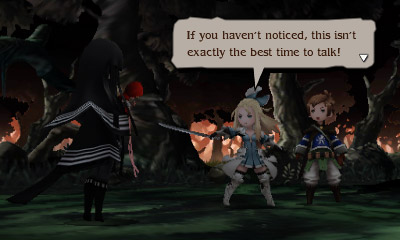TL;DR
Bravely Second: End Layer is a love letter to classic Final Fantasy, offering a nostalgic JRPG experience on the 3DS. It boasts vibrant visuals, an engaging story about rescuing a kidnapped Pope, and a familiar turn-based combat system spiced up by the unique Brave and Default mechanics. Expect charming characters, a fantastic soundtrack, and around 40 hours of content, with plenty more to discover. If you're a fan of old-school Final Fantasy, this is a must-play adventure. Dive into the full review to see why it's highly recommended!
Square Enix returns to its roots, delivering a Japanese role-playing experience reminiscent of classic Final Fantasy titles.
Bravely Second: End Layer is a direct sequel to Bravely Default. While the original garnered significant discussion, its Western success was moderate. Bravely Second feels like a superficially modernized, yet fundamentally retro, spiritual successor to Final Fantasy VII-IX. It presents the familiar conflict of good versus evil, summons, dynamic character rosters, and turn-based combat, complete with random encounters on the world map. The game mechanics provide a comfortable and familiar experience for JRPG fans.
Bravely Second exhibits a distinctive tone. Players assume the role of Yew Genealogia, a young and perceptive leader of a trio of warriors. This group echoes the spirit of the Three Musketeers. The plot centers on the kidnapping of Pope Agnés by the antagonist Kaiser, tasking the heroes with her rescue from a fortified stronghold. The journey entails overcoming dangers, engaging in numerous battles, character progression, and a blend of camaraderie and betrayal.

Bravely Second presents a visually appealing experience, enhanced by the 3DS’s 3D capabilities (capital city overview).
The initial impression of Bravely Second is its stylistic presentation. It stands out as one of the more visually impressive titles on the 3DS. The game blends classic point-and-click adventure backgrounds, rendered in vibrant colors and detailed imagery, with high-resolution character and enemy models. The 3D functionality enhances the visual depth, creating a parallax effect reminiscent of classic animation (e.g., Disney’s Snow White). Character details and facial expressions are clearly visible on the Nintendo New 3DS XL screen.
The game’s soundtrack also deserves recognition. While it may not feature a composer of Uematsu’s renown, and the battle theme may become somewhat repetitive, the overall musical tones and atmosphere evoke the classic Final Fantasy titles of the late 1990s.

The protagonist, Yew, engaged in turn-based combat. Players familiar with Final Fantasy will find the gameplay familiar.
Players familiar with JRPGs or previous Final Fantasy games will recognize many elements within Bravely Second’s structure and gameplay. Combat involves strategic decision-making, selecting attacks (physical, magical, abilities, summons, etc.) and utilizing items. A key innovation is the Brave and Default system. This mechanic allows players to expend Battle Points to execute multiple actions in a single turn (Brave) or defend to accumulate Battle Points (Default) for later use. Experimentation with this system is crucial for maximizing combat effectiveness, particularly against formidable enemies and bosses. The game incorporates quick modes, pre-programmable battle strategies, and an “optimize” command for players who prefer automated equipment configuration.
Bravely Second is a charming and accessible role-playing adventure, well-suited to the 3DS platform and playable in both short and extended sessions. While its lighthearted tone may not appeal to all players, its immersive qualities become increasingly apparent over time. The game offers a wealth of locations to explore, items to discover, and secrets to uncover. Approximately 40 hours of gameplay have been invested, with content still remaining. This provides substantial value for the price. It is highly recommended, especially for enthusiasts of Square’s classic Final Fantasy series.


